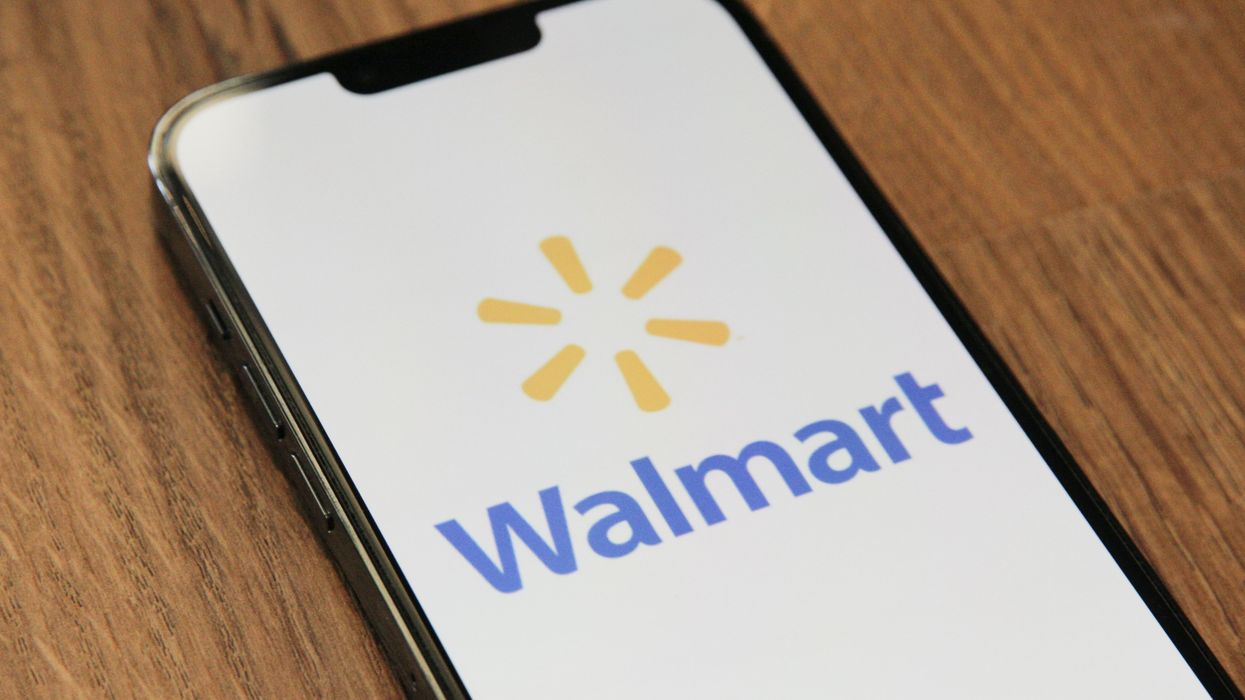Against the backdrop of a return to more in-person shopping, the growth of Walmart+ has leveled off in 2022, according to a new analysis.
As of the quarter that ended July 1, 11 million Walmart.com customers were members of the subscription program, according to a new analysis from Consumer Intelligence Research Partners. That is the same number as the quarter that ended in April, indicating the program has "plateaued," CIRP said.
“The data shows that Walmart+ membership has yet to grow in 2022,” said Josh Lowitz, partner and cofounder at CIRP. “For the last three quarters, membership has remained constant at 11 to 11.5 million customers.”
Walmart itself has not publicly released Walmart+ subscriber data. CIRP bases its findings on surveys of 500 US subjects who made a purchase at Walmart.com in the period from May-July 2022.
The launch of a subscription program was one of many moves made by Walmart to bolster ecommerce in the midst of the pandemic. Launched in September 2020, the primary Walmart+ offerings included free delivery from a store and shipping from Walmart.com, access to contactless checkout in a store, as well as savings on fuel.
Over the five quarters prior to this year, the program had steadily added members as it brought on shoppers during the pandemic, Lowitz said. The July 2022 quarter’s total was up from 9 million members from the same quarter a year ago.

(Source: Consumer Intelligence Research Partners.)
CIRP reports that 25% of Walmart.com customers are Walmart+ members, which is up slightly from the quarter that ended in April 2022.
“We’ve seen Walmart+ penetration in a narrow range, representing 23-25% of online shoppers for the past three quarters,” said Michael Levin, partner and cofounder of CIRP. “Penetration increased slowly, after strong membership growth in the program’s first year. More recently, Walmart appears to have re-emphasized in-person shopping, and customers have not seen the same need for online shopping as they did when Walmart first introduced the program and the Covid pandemic reduced in-person shopping.”
While Walmart's ecommerce business posted big gains over the pandemic, it more recently slowed amid a wider return to in-person activities. Ecommerce sales in the second quarter were up 1%, but 38% on a two-year stack, the company said.
The findings from CIRP come as Walmart is set to release its full earnings report for the quarter on August 16. In a pre-emptive move in late July, the company cut its profit outlook for the quarter and the year, saying that consumer spending was higher on food and fuel amid 40-year-high inflation, leaving fewer available funds for more profitable items like apparel. It has also been working to move inventory that was mismatched to demand, in part due to supply chain bottlenecks.
Perking up
Walmart has added perks to the subscription program in 2022. It upped the fuel benefit to 10-cents a gallon, and extended its availability to 14,000 gas stations, including Exxon and Mobil locations. It also added six free months of Spotify membership with a subscription, and opened up free membership to Walmart associates. Bringing two subscriptions together, it then combined a Walmart+ membership with InHome, the company’s service that delivers groceries directly to a person’s kitchen or fridge.
More recently, Walmart+ has explored perks that resemble those offered by Amazon Prime, the vaunted subscription service that is central to Amazon’s business. In June, it held Walmart+ Weekend, a members-only event designed to provide deals. The next month, the company didn’t hold its own discount event to coincide with Amazon Prime Day as it had done in the past, saying that it was already marking down items to deal with the inventory glut. Meanwhile, the New York Times reported this week that Walmart was holding talks to potentially add a streaming service to the program.
While adding video and exclusives to increase the value of a membership is following a similar pattern to the Prime playbook, these additions may not be aimed at bringing on new members.
“It’s not clear how, if at all, these benefits attract new members. Our analysis of Amazon Prime suggests these features help with retention, rather than with converting trials into members,” Levin said. “Most members find these programs attractive initially because of the core shipping benefits,” not the media services and other perks, he said.
Growing the number of members, then, may have more to do with bolstering its ecommerce business and fulfillment network – an area where the company is also making investments.













